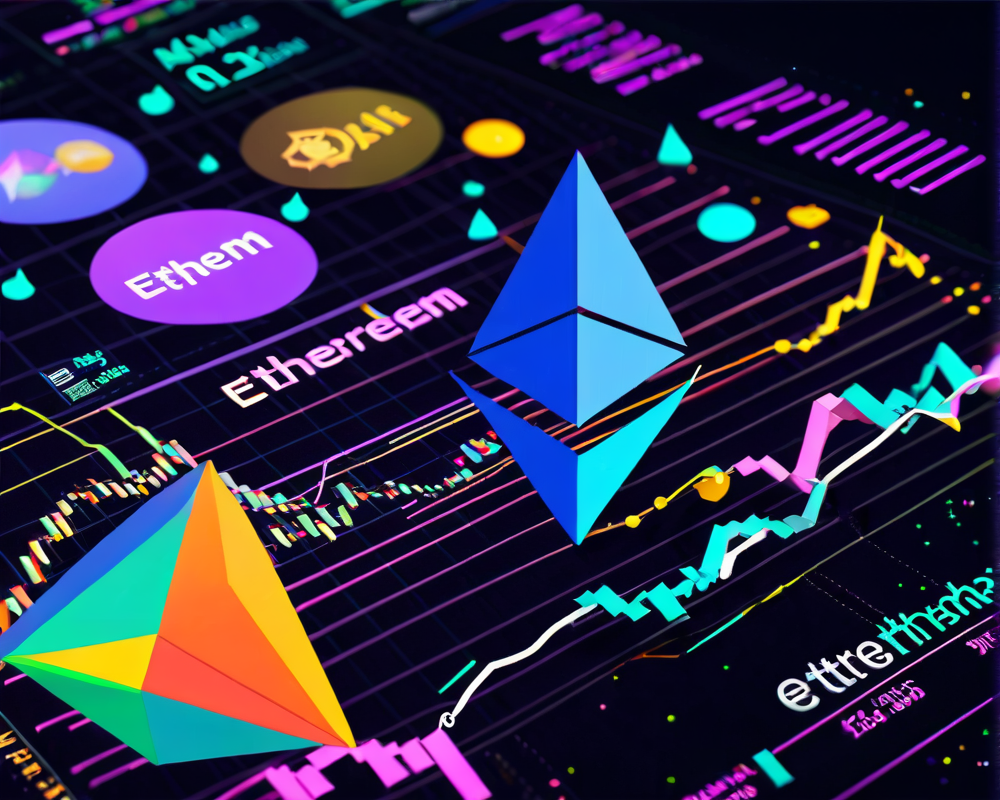Price Rally: A Double-Edged Sword
When investors see their favorite assets soar, it’s hard to complain, right? I mean, who doesn’t love seeing a nice green candle on their charts? But, as with most beautiful things in life, don’t be fooled—every rally usually packs a punch in the downside risk department. Take a look at Ethereum’s recent price action. Since March 15, we’ve watched Ether dance around in a steep ascending channel, making some analysts raise a caution flag.
Support Levels: The $3,340 Line in the Sand
Now, if Ether dares to dip below the $3,340 support level, we might just see it take a nosedive toward the 12% correction mark at $3,000. Yikes! But it’s not all doom and gloom; our fate largely hinges on how traders are navigating these waters and what on-chain metrics reveal about the Ethereum network.
The Total Value Locked (TVL) Drama
For starters, did you know that the total value locked (TVL) on the Ethereum network peaked at a whopping 32.8 million ETH on January 23? Since then, we’ve watched it shrink by 20%. TVL is a handy measurement of how many coins are stashed away in smart contracts across various sectors, including decentralized finance (DeFi), gaming, and those NFT marketplaces that spark joy—or a bit of existential dread.
Transaction Fees: A Bumpy Ride
Wait, the plot thickens! Ethereum’s average transaction fee dropped to a delightful $8 on March 16 but has now climbed back to $15. So, are we witnessing the downfall of decentralized applications (DApps), or are users just enjoying the fruits of layer-2 scaling solutions? Only the crystal ball knows.
Futures Market: Whale Watch!
Ever found yourself pondering how professional traders are feeling about Ether? The answer often lies in the Ether futures market. Here, quarterly contracts reign supreme amongst the big fish—whales and market makers prefer avoiding the wild funding rate ride of perpetual futures. The basis indicator, which measures the difference between those long-term contracts and the spot market levels, tells a tale of its own.
The Premium Perspective
Currently, the Ether futures annualized premium sits at around 6%. We’re playing it safe here, right above the neutral territory. What does it mean? Well, below 5% indicates bearish vibes, while going beyond 12% signals bullish enthusiasm. As it stands, professional traders are cautiously optimistic but far from throwing a party. Progress is noticed, but demand isn’t yet through the roof.
On-Chain Metrics: The Signal Through the Noise
To get a clearer picture, delving into on-chain data is essential. Active addresses on the Ethereum network serve as a trusty barometer for effective usage. Sure, layer-2 solutions might skew reality, but it’s a respectable starting point.
Address Activity: Treading Water
The current average of 593,260 daily active addresses shows a slight 2% rise over the last month—impressive, perhaps, but it barely scratches the surface compared to the 857,520 seen in May 2021. What’s more disheartening? Ether token transactions are showing little momentum.
DApp Dips: Is Ethereum Losing Its Touch?
Diving into the DApp metrics reveals an 11% average decrease in active addresses over the month. That’s disappointing for a network built specifically for all those cool decentralized applications we keep hearing about. Meanwhile, sister networks like Polygon and Solana have seen user growth, making Ethereum seem like the kid who forgot his lunch at home.
In conclusion, unless Ethereum can spice things up with improved transaction growth and a surge in DApp usage, we might find ourselves watching the $3,340 support level unravel. Who knew the crypto world could flip from exhilarating to nerve-wracking faster than you can say ‘blockchain’?















+ There are no comments
Add yours